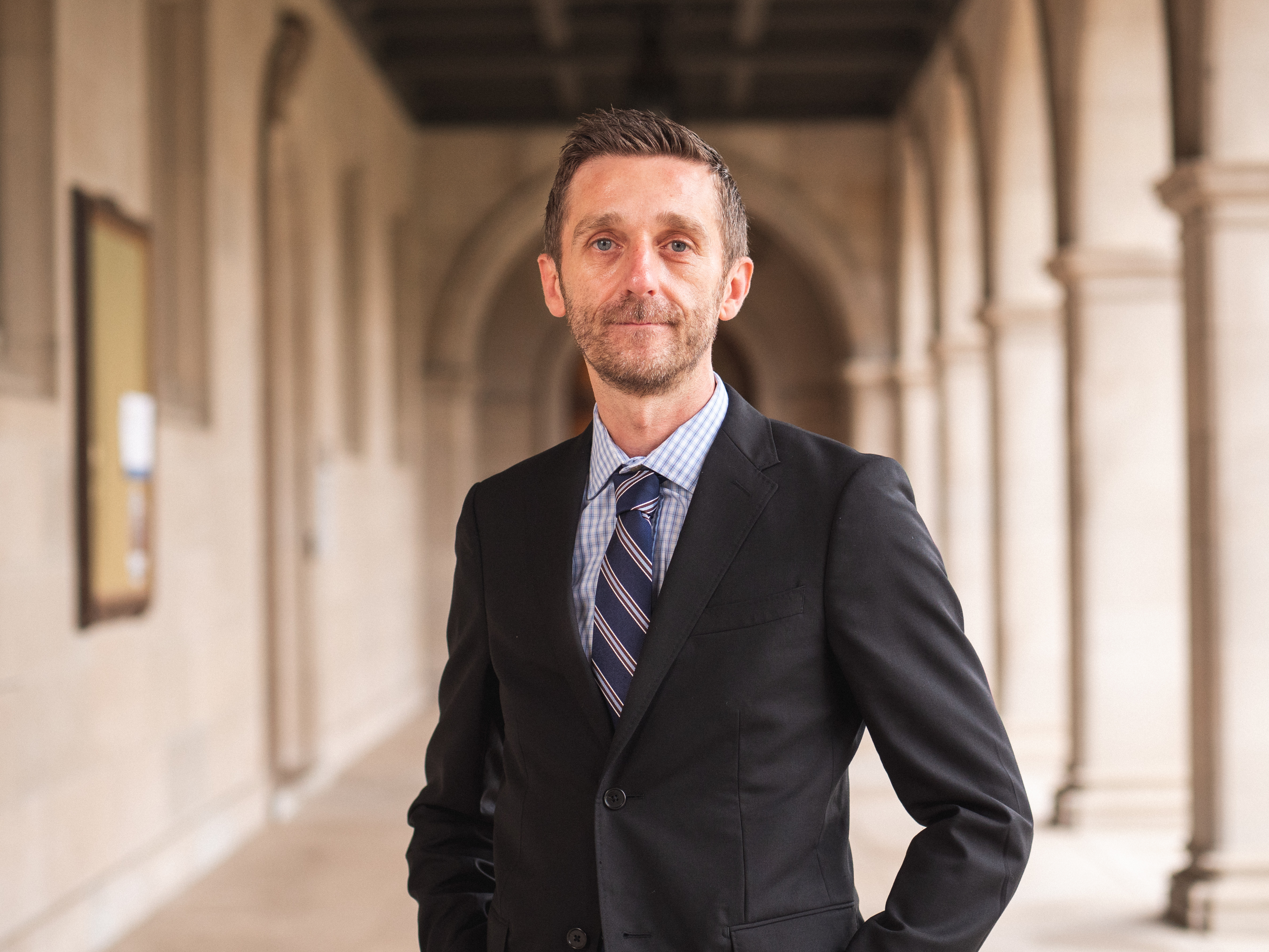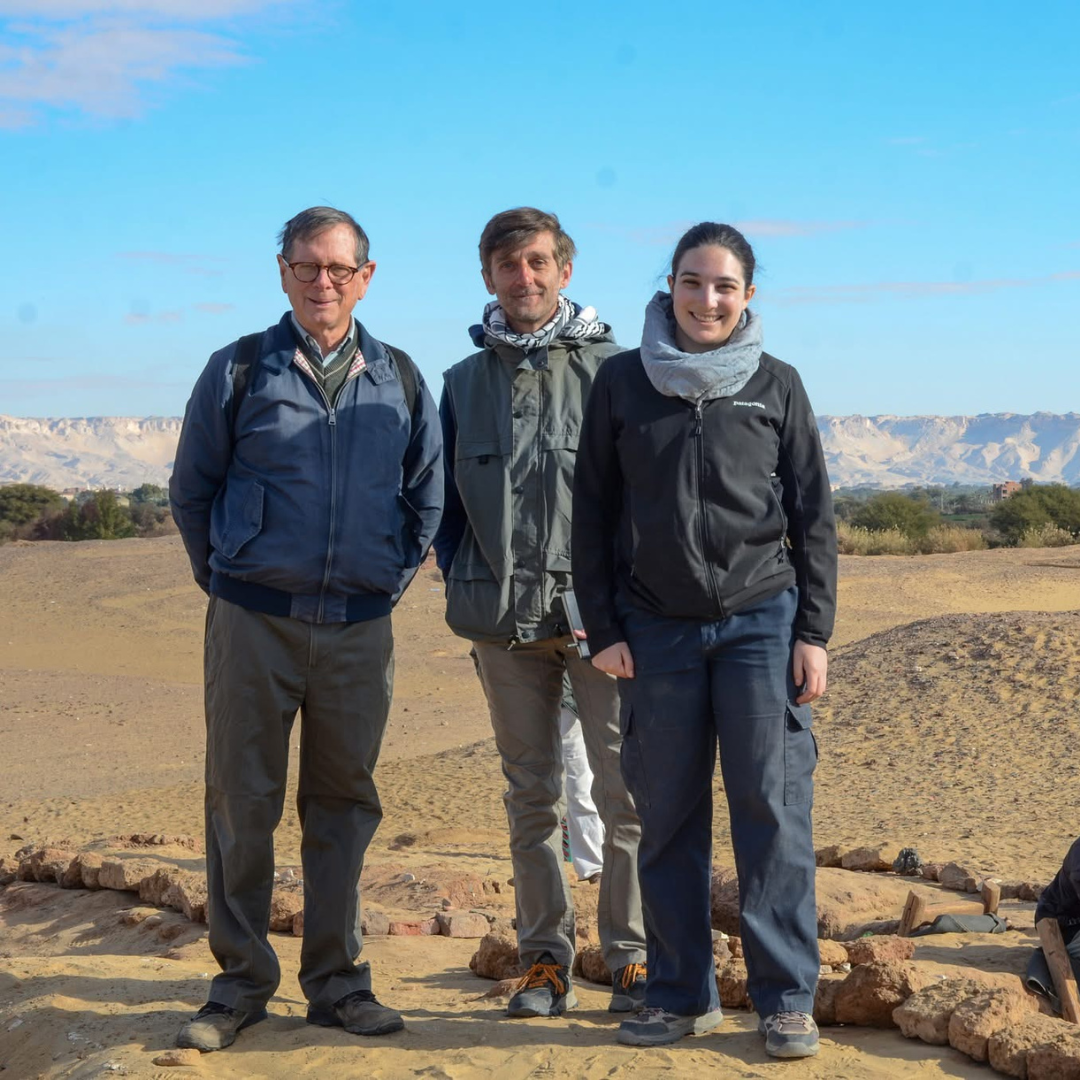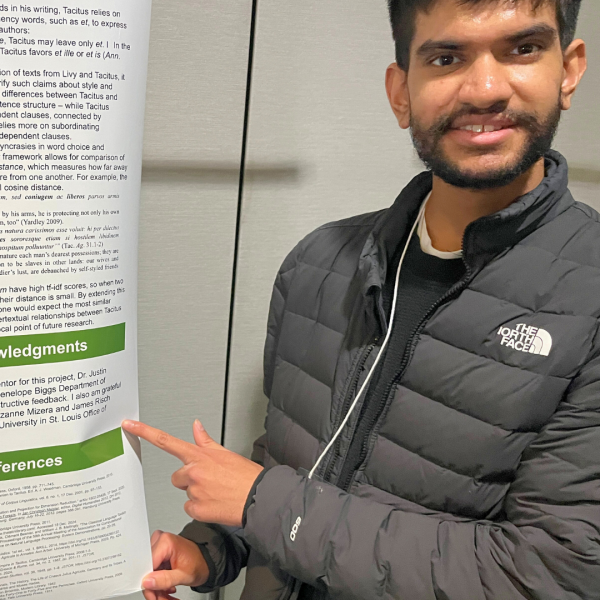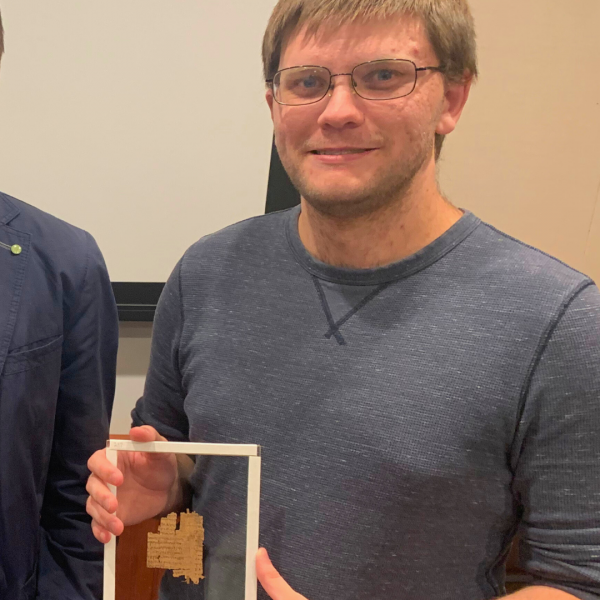Over the past two decades, extensive excavations at these sites have unearthed remarkable evidence of early Christian communities dating back to the early fourth century CE. Notably, researchers have discovered two of the earliest known churches in Egypt, shedding light on the architectural and cultural practices of early Christians in the region.
At Amheida, the excavation of a fourth-century church revealed a well-preserved underground funerary crypt, considered one of the oldest of its kind in Egypt. This finding offers invaluable insights into early Christian burial customs and architectural designs. Similarly, the church complex at ʿAin el-Gedida, dating to the same period, provides crucial information about the development of Christian sacred spaces in rural settlements.
Professor Aravecchia's research contributes significantly to our understanding of early Christian architecture and communities in Egypt's Western Desert. His work not only highlights the rich history of the Dakhla Oasis but also emphasizes the importance of archaeological
endeavors in uncovering the nuances of early Christian life and practices.In addition to his teaching and research roles, Professor Aravecchia serves as the archaeological field director at Amheida/Trimithis, where he continues to lead efforts in uncovering the site's historical significance. His dedication to exploring early Christian sites has been instrumental in bringing to light the profound historical narratives of these ancient communities.
For those interested in a more comprehensive understanding of these findings, Professor Aravecchia's recent publication, "Early Christianity at Amheida (Egypt’s Dakhla Oasis), A Fourth-Century Church: Volume 1, The Excavations," offers an in-depth exploration of the archaeological work conducted at Amheida. This volume serves as a valuable resource for scholars and enthusiasts alike, delving into the intricacies of early Christian architecture and community life in Egypt's Western Desert.







